Unlocking Business Insights with Custom Maps: Visual Displays and Analysis
For businesses that rely heavily on data visualization for decision-making, custom maps offer a unique blend of visual appeal and analytical depth. Here’s how custom mapping services can elevate businesses needing both visual displays and intermediate-level analysis:
Visualizing Market Data
Custom maps transform raw market data into an easily digestible visual format. This isn't just about marking points on a map; it's about overlaying sales data, customer demographics, or competitor locations to see patterns and trends at a glance.
Example: A local coffee shop chain could use custom maps to visually display where their most loyal customers are located, helping to plan targeted promotions or new outlet locations.
Enhanced Presentation of Business Intelligence
When presenting to stakeholders or during internal strategy sessions, custom maps can convey complex data in a way that's immediately understandable. For businesses needing to communicate market penetration, customer distribution, or service areas, a map speaks louder than spreadsheets.
Example: A marketing team can present campaign effectiveness by showing customer engagement across different regions, making it clear where efforts are paying off and where to focus next.
Market Analysis
Custom maps allow for a deeper dive into market analysis using Geographic Information Systems (GIS) expertise. They can highlight medium-term trends like demographic shifts, seasonal customer behaviors, or changes in competitive landscapes, which are crucial for businesses at an intermediate analysis level.
Example: A retail business might use custom maps to analyze foot traffic patterns around their stores over several months, identifying peak times or days for better staff scheduling and inventory management.
Strategic Planning for Expansion
For businesses looking to expand but not ready for complex data models, custom maps provide a straightforward approach to identify new market opportunities or assess the viability of expansion in new areas based on existing data.
Example: A fitness center could map out areas with high population growth or where there's a lack of similar services, informing decisions on where to open new branches.
Optimizing Local Marketing Efforts
Custom maps can be used to tailor marketing strategies to specific geographic areas. Businesses can see where their current efforts are most effective and customize campaigns for different neighborhoods or regions.
Example: A small business could overlay their marketing campaign data on a map to see which areas respond best to digital ads versus traditional methods, refining their approach accordingly.
Customer Proximity and Service Areas
For service-based businesses, custom maps help in defining and marketing service areas, ensuring customers know where services are available and how far they need to travel.
Example: A plumbing service could use maps to show their service radius, helping customers decide if they're within the area for quick response times.
Visual Reporting Tools
Custom maps serve as powerful visual reporting tools, making it easier for businesses to track performance over time or across different locations, without needing extensive resources in data analysis.
Example: A franchise could use custom maps to report on the performance of individual stores, visually comparing sales, customer feedback, or operational metrics.
Conclusion
For businesses at the stage where they need more than basic data visualization but aren't ready for or don't require the complexity of advanced GIS, custom maps are the perfect tool. They provide an intermediate level of analysis that's both accessible and impactful, enabling businesses to make informed decisions with confidence.
Whether you're looking to enhance your market presence, optimize operations, or simply communicate business intelligence more effectively, custom mapping can transform how you see and interact with your market. Embrace this visual approach to unlock new insights and drive your business forward.

